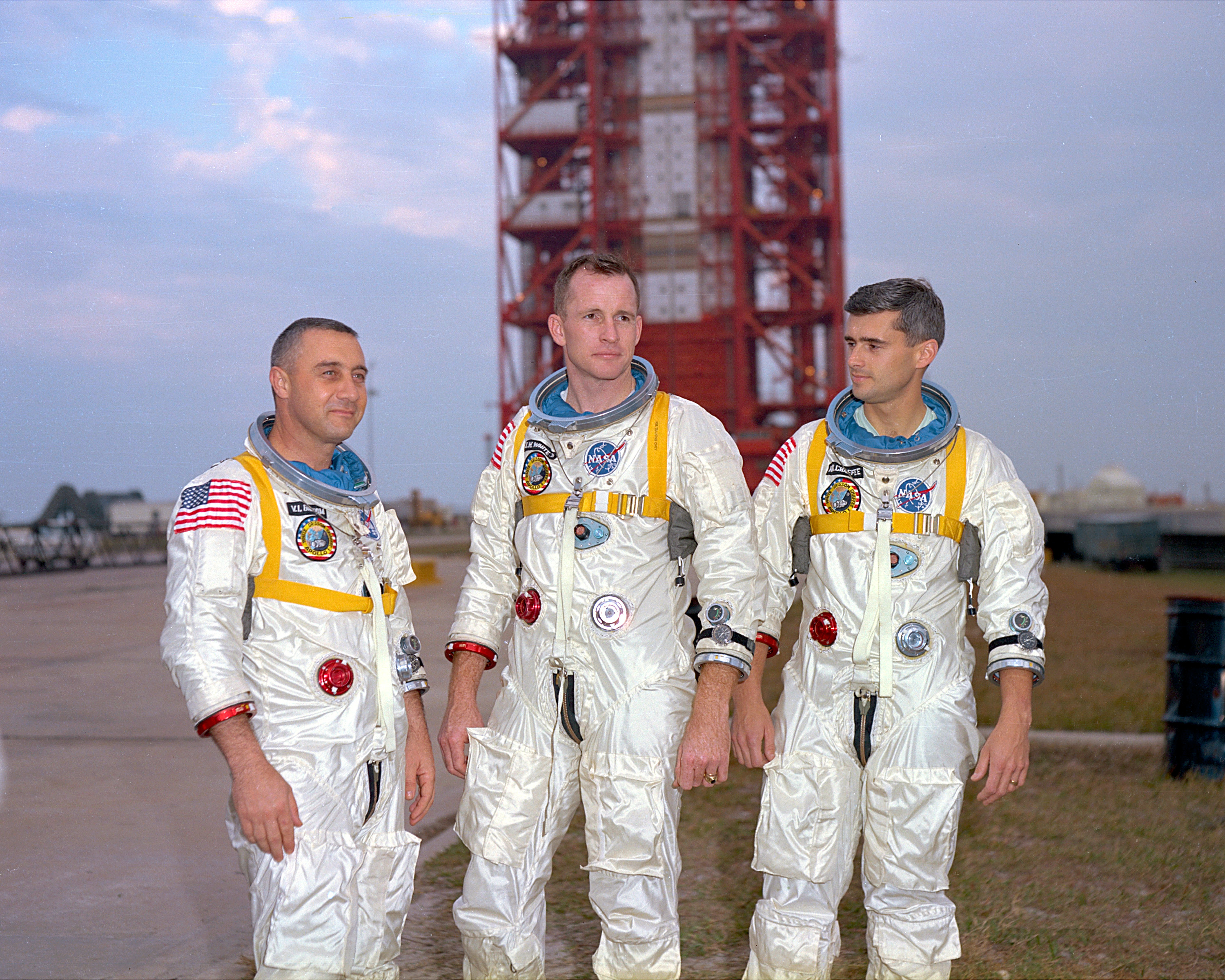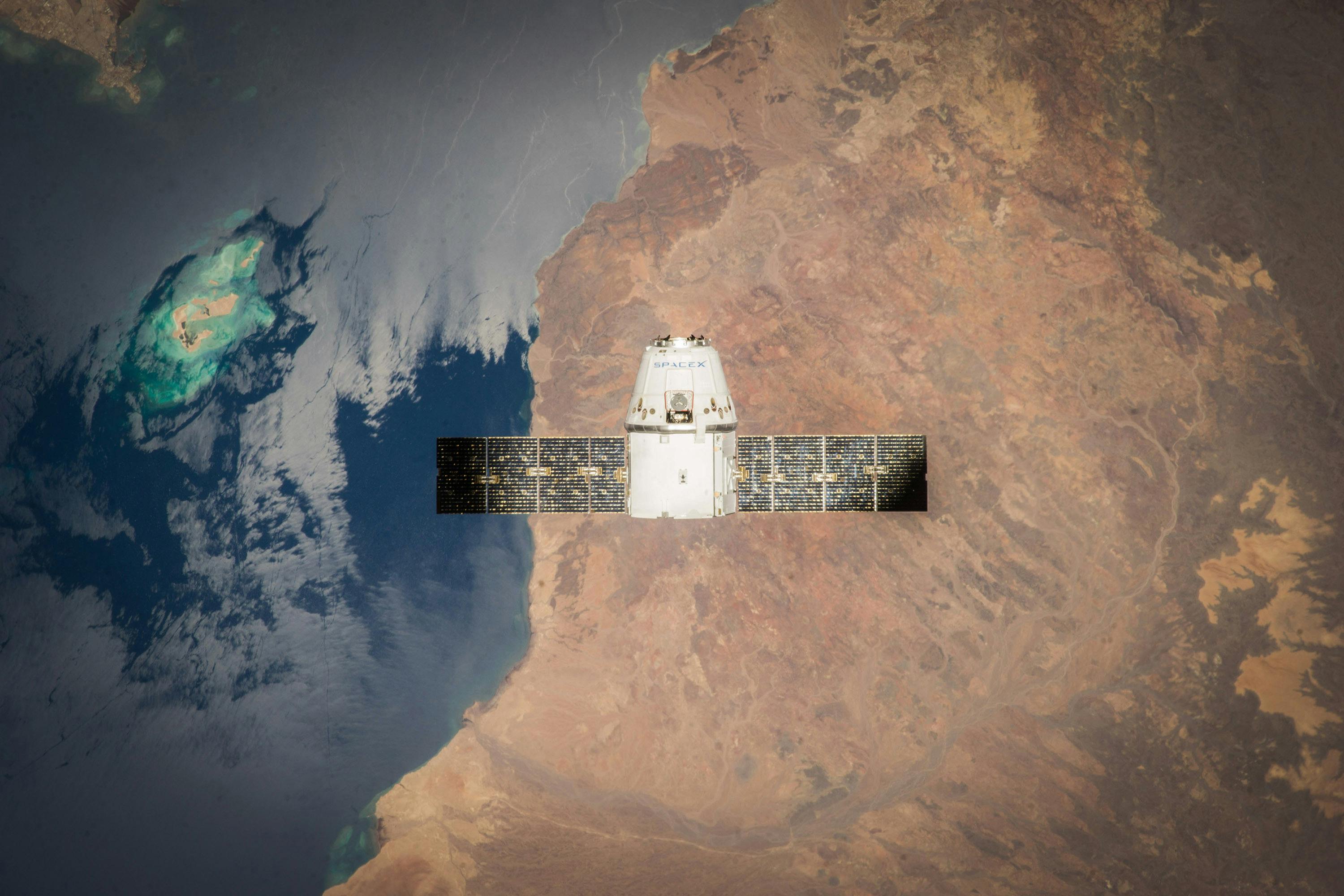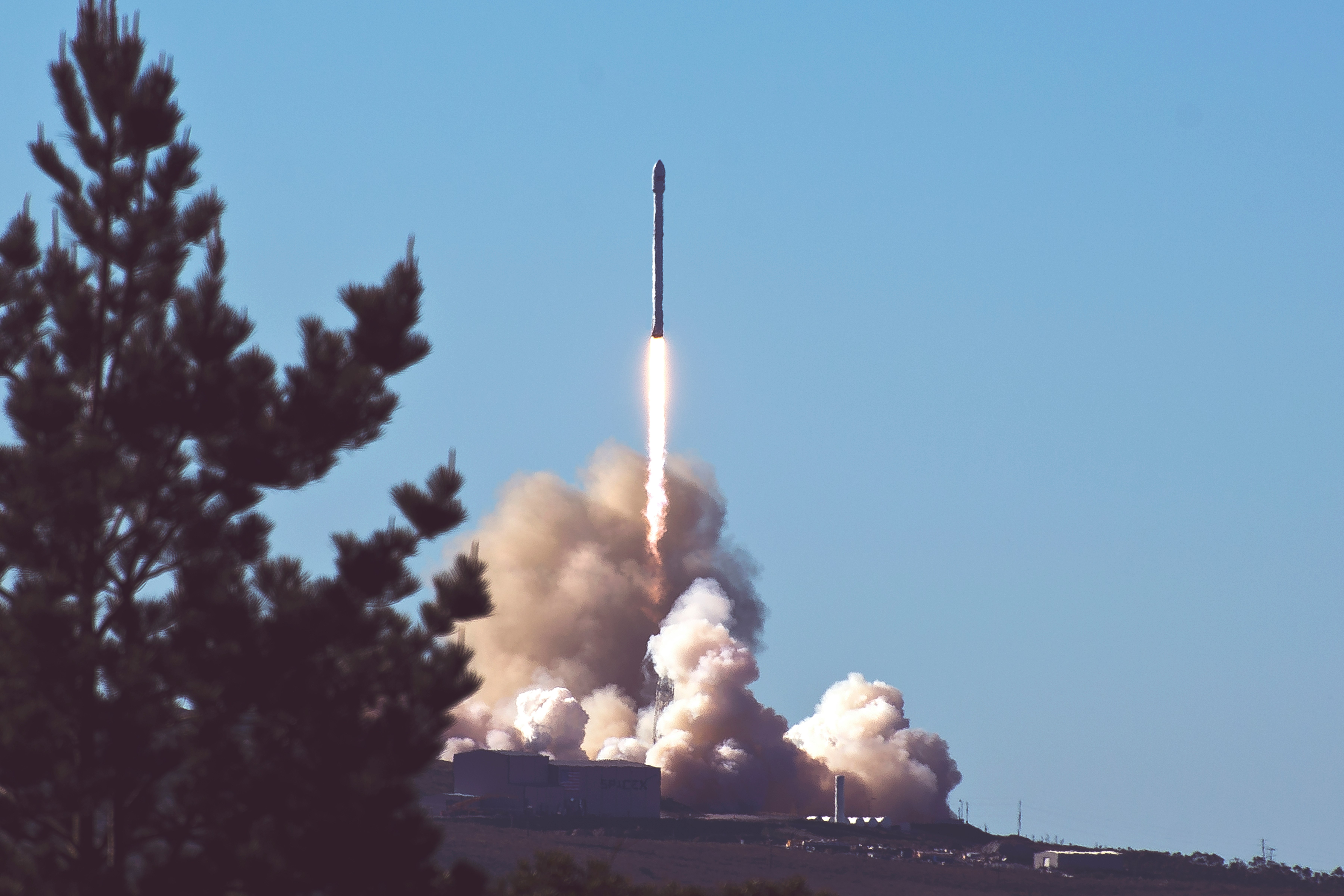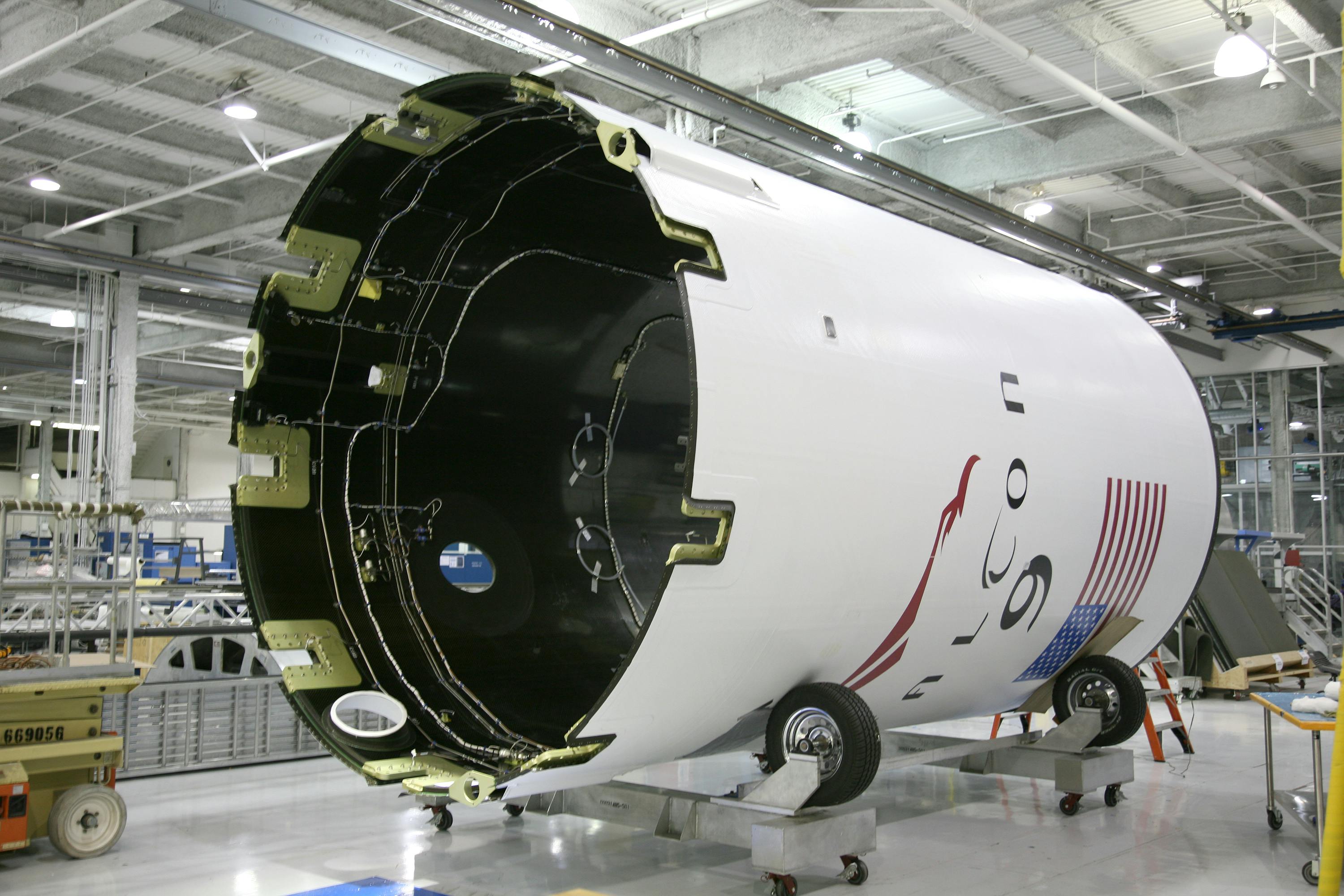· today in space history · 4 min read
The Day We Lost Apollo 1
Fifty-eight years ago, a tragic fire during a routine test transformed spacecraft design and created the foundation of modern spaceflight safety culture

In the gathering dusk of January 27, 1967, three astronauts sat atop a Saturn IB rocket at Cape Kennedy’s Launch Complex 34. Inside their Apollo command module, Virgil “Gus” Grissom, Edward White, and Roger Chaffee were running through what should have been a routine “plugs-out” test of their spacecraft. None of them could have known that this ordinary Friday evening would become one of the most pivotal moments in spaceflight history – a tragedy that would fundamentally reshape how we approach human spaceflight safety.
The Crew That Never Launched
The Apollo 1 crew represented some of NASA’s finest. Grissom, one of the original Mercury Seven astronauts, had already pioneered human spaceflight as the second American in space and commanded the first Gemini mission. White had captured the world’s imagination as the first American to walk in space. Chaffee, though yet to fly, was considered one of NASA’s most promising new astronauts. Together, they were slated to make the first flight of NASA’s Apollo program, the crucial first step toward landing humans on the Moon.
A Routine Test Turns Tragic
At 6:31 PM, during a simulated countdown, the crew reported a fire in the cabin. In the pure oxygen atmosphere pressurized at 16.7 pounds per square inch, the fire spread with explosive speed. The complex, inward-opening hatch design, which took at least 90 seconds to open under the best conditions, proved fatal under the intense internal pressure. Despite the heroic efforts of ground crews, all three astronauts perished before the hatch could be opened.
The Investigation That Changed Everything
The subsequent investigation revealed numerous issues that had been overlooked in the rush to reach the Moon. The spacecraft’s pure oxygen atmosphere at high pressure created an extremely dangerous environment. Flammable materials were used throughout the cabin. Wiring and plumbing systems were poorly protected. The hatch design prioritized security over emergency egress.
But beyond these technical issues, the investigation exposed deeper organizational problems. There was pressure to meet schedules, contractor oversight was insufficient, and safety concerns hadn’t been given enough weight. The phrase “failure of imagination” became a haunting reminder of how even experienced engineers and managers can miss critical risks when they become too focused on routine.
The Birth of Modern Spaceflight Safety
The response to the Apollo 1 fire transformed spaceflight forever. NASA completely redesigned the Apollo command module with:
- A less explosive nitrogen-oxygen atmosphere during launch
- New fireproof and self-extinguishing materials
- Protected and organized wiring systems
- A quick-release outward-opening hatch
- Fireproof spacesuits
More importantly, NASA fundamentally changed how it approached safety. The agency created a new safety organization with real power to stop operations. It implemented rigorous testing and documentation requirements. Every material, procedure, and design change now had to prove its safety rather than just its functionality.
Legacy That Saves Lives
The lessons of Apollo 1 reach far beyond its time. The protocols and safety culture born from this tragedy have prevented countless accidents in the decades since. When later close calls or accidents occurred, like the near-loss of Apollo 13 or the Challenger and Columbia disasters, the investigation and response methods established after Apollo 1 helped NASA learn and improve rather than repeat mistakes.
Today, as we enter a new era of commercial spaceflight, the lessons of Apollo 1 remain vitally relevant. SpaceX, Blue Origin, and other private companies build their safety cultures on the foundation laid by the sacrifice of Grissom, White, and Chaffee. Every spacecraft that safely carries humans to orbit carries a piece of their legacy.
Looking Forward While Remembering
Fifty-eight years after Apollo 1, human spaceflight continues to push boundaries. As we prepare to return to the Moon through NASA’s Artemis program and look toward Mars, the hard-won lessons of that tragic evening remain as important as ever. The plaque left at Launch Complex 34 reads: “In memory of those who made the ultimate sacrifice so others could reach for the stars. Ad astra per aspera (a rough road leads to the stars).” It stands as a permanent reminder that space exploration demands not just courage and innovation, but eternal vigilance in the face of risk.
The story of Apollo 1 is more than a tragedy – it’s a testament to humanity’s ability to learn from failure and press forward. The fire that claimed three lives also forged the safety culture that has allowed hundreds of astronauts to safely venture into space in the decades since. As we continue to explore the final frontier, we honor the Apollo 1 crew not just by remembering their sacrifice, but by maintaining the standards of safety and excellence their loss helped establish.

Theodore Kruczek





